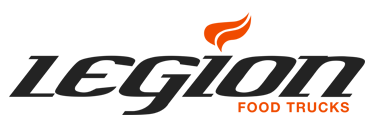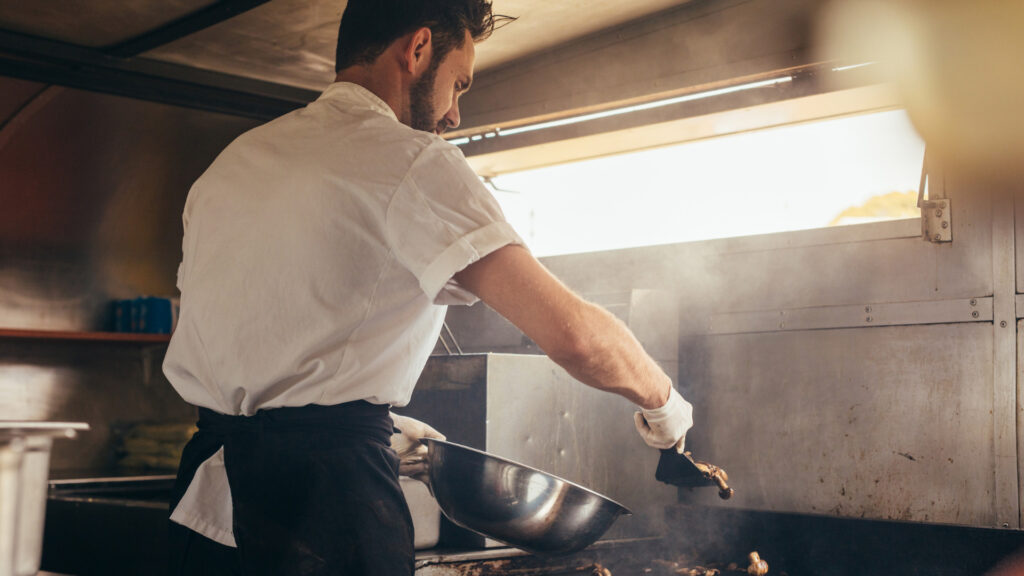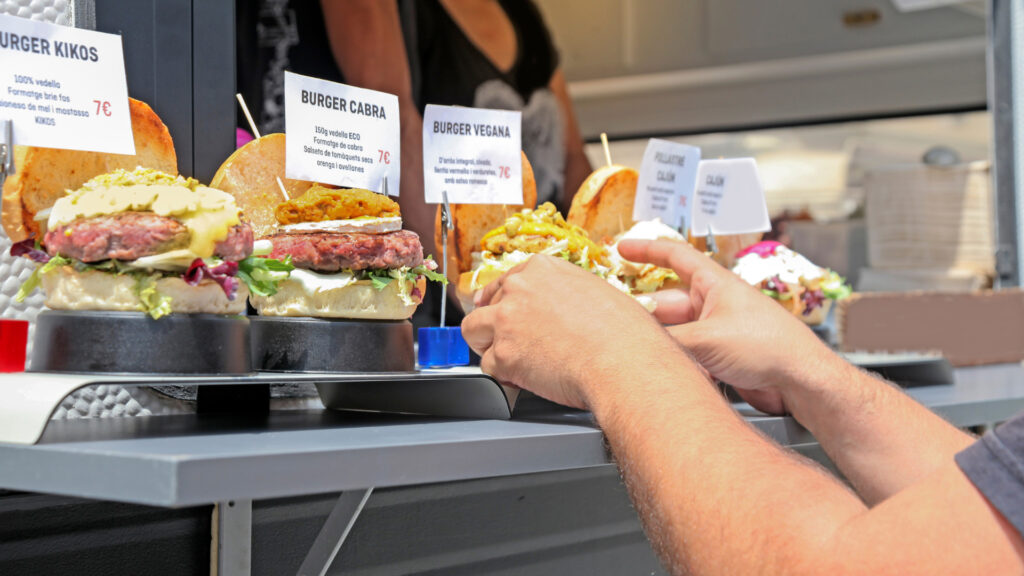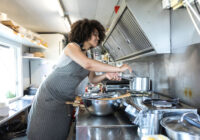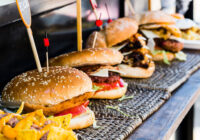Let’s talk money – specifically, how to keep more of it in your pocket when building your food truck. With equipment costs still riding high and supply chain hiccups continuing to challenge the industry, smart budgeting is more crucial than ever. At Legion Food Trucks, we’ve helped hundreds of entrepreneurs realize their food truck dreams without breaking the bank. Here are three proven strategies that can help you save thousands while still getting a top-quality build.
1. Choose the Right Base Vehicle
Your truck choice sets the foundation for everything else, and this is where we see folks leave the most money on the table. Here’s the inside scoop on saving smart:
Consider Used Step Vans
The food truck industry’s little secret? Many of the most successful trucks on the road started as used step vans. These workhorses of the delivery world often come with solid engines that have plenty of life left, pre-installed loading doors that are perfect for service windows, generous interior height, and sturdy frames built for daily use.
While everyone’s hunting for used food trucks (driving those prices up), gently used step vans from major delivery companies often sell for 30-40% less. Just make sure to get a professional mechanical inspection, check thoroughly for rust in key areas, verify the vehicle’s maintenance history, and confirm it meets your local size requirements.
Timing Matters
Vehicle prices fluctuate seasonally. We’ve noticed that prices tend to dip in late fall when food truck season winds down, January during post-holiday budget crunches, and at the end of fiscal quarters when fleet companies are clearing inventory. Planning your purchase around these times can save you 10-15% on your base vehicle.
2. Smart Equipment Sourcing
Equipment typically eats up 40-50% of a food truck build budget. Here’s how to take a bite out of those costs without compromising quality:
Mix New and Reconditioned
Not everything in your truck needs to be fresh from the factory. Consider a strategic mix: invest in new items for equipment that directly impacts food safety and daily operations, like refrigeration and cooking equipment. For supporting equipment such as prep tables, shelving, and sinks, reconditioned options can work beautifully. Non-critical items like storage containers and utensil holders can often be purchased used without any compromise in functionality.
Package Deals vs. À La Carte
Sometimes, buying equipment packages saves money. Other times, piecing things together costs less. We’ve found that refrigeration packages often offer better value than individual units, while cooking equipment is usually cheaper when bought separately. Prep equipment packages rarely beat individual sourcing.
Alternative Sources
Think beyond traditional restaurant supply stores. Restaurant auctions (especially post-COVID, many are still happening), equipment leasing returns, restaurant remodeling sales, and commercial kitchen clearances can all be excellent sources for quality equipment at reduced prices. Here’s a pro tip: build relationships with local restaurant equipment dealers. They often hear about deals before they hit the market.
3. Design for Efficiency
Smart design choices can save you thousands both upfront and over time. Here’s where to focus:
Power Systems
Everyone wants to go all-electric, but hybrid systems often make more financial sense. Using gas for heavy-duty cooking equipment and electric for prep and holding equipment reduces generator size requirements and fuel costs.
Multipurpose Equipment
Each piece of equipment should earn its space. Choose prep tables with built-in refrigeration underneath, opt for stackable cooking equipment, and look for equipment that can serve multiple menu items.
Future-Proof Wisely
While you want to plan for growth, don’t overbuild. Instead, include basic infrastructure for future additions, leave appropriate space and power capacity, and wait to buy specialized equipment until you need it.
Hidden Savings Opportunities
Beyond these three main areas, consider these often-overlooked ways to save:
Timing Your Build
Just like vehicle purchases, timing your build can impact costs. Winter months often see slower demand, many manufacturers offer end-of-year discounts, and some builders have seasonal promotions.
Tax Advantages
Work with your accountant to maximize Section 179 deductions, state-specific incentives, clean vehicle credits (if applicable), and business startup deductions.
Insurance Bundling
Many insurance companies offer discounts for multiple policy bundles, safety equipment installation, professional certification, and industry association membership.
The Bottom Line
Building a food truck in 2025 doesn’t have to drain your savings. By making smart choices about your base vehicle, equipment sourcing, and design efficiency, you can save 20-30% on your build without compromising quality or capabilities.
Remember, at Legion Food Trucks, we’re here to help you navigate these decisions. We’ve seen what works (and what doesn’t) across hundreds of builds, and we’re happy to share that knowledge. The key is starting with a solid plan and being strategic about where you spend and where you save.
Want to explore how these savings strategies could work for your specific concept? Reach out to our team today.

